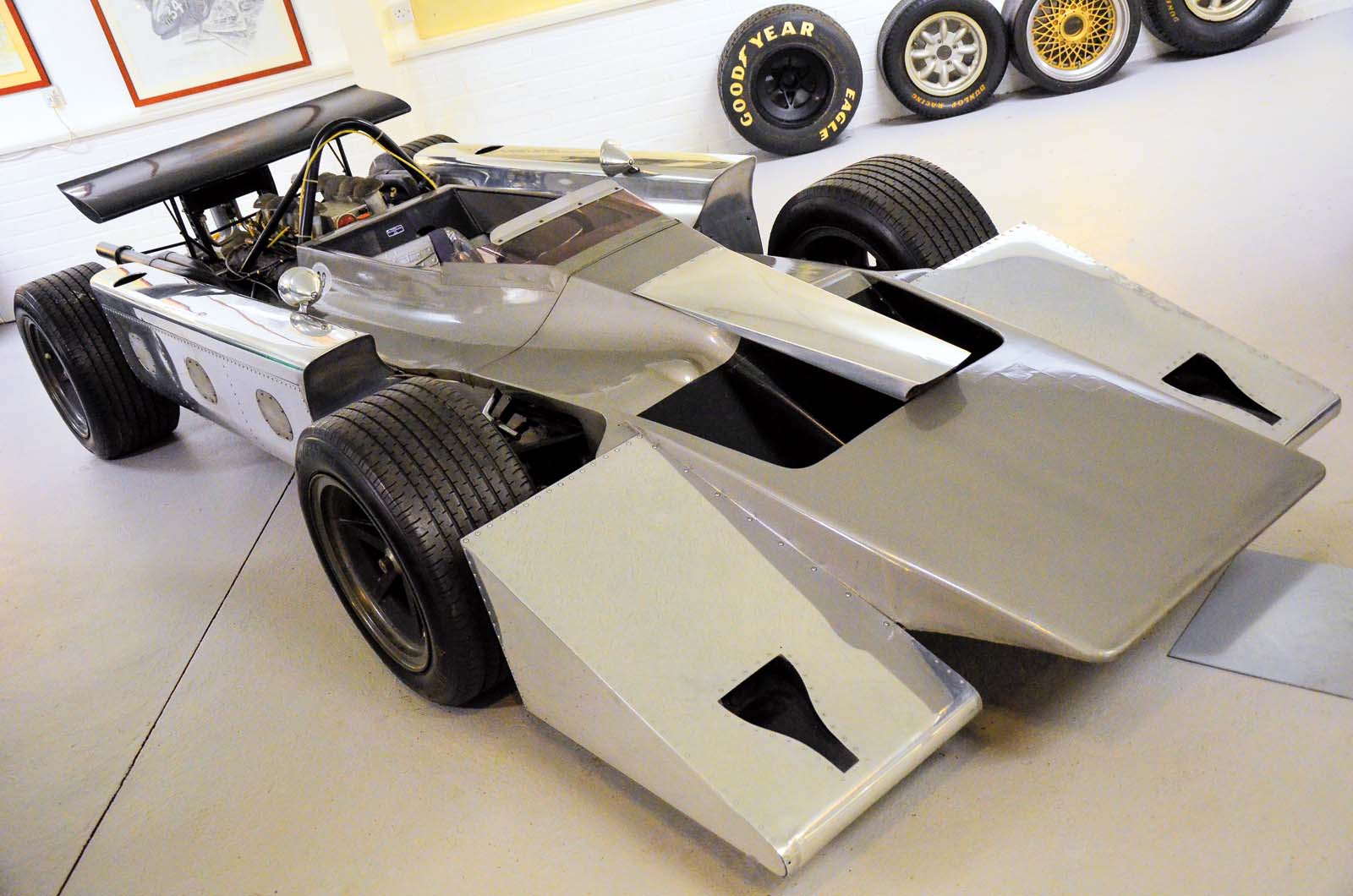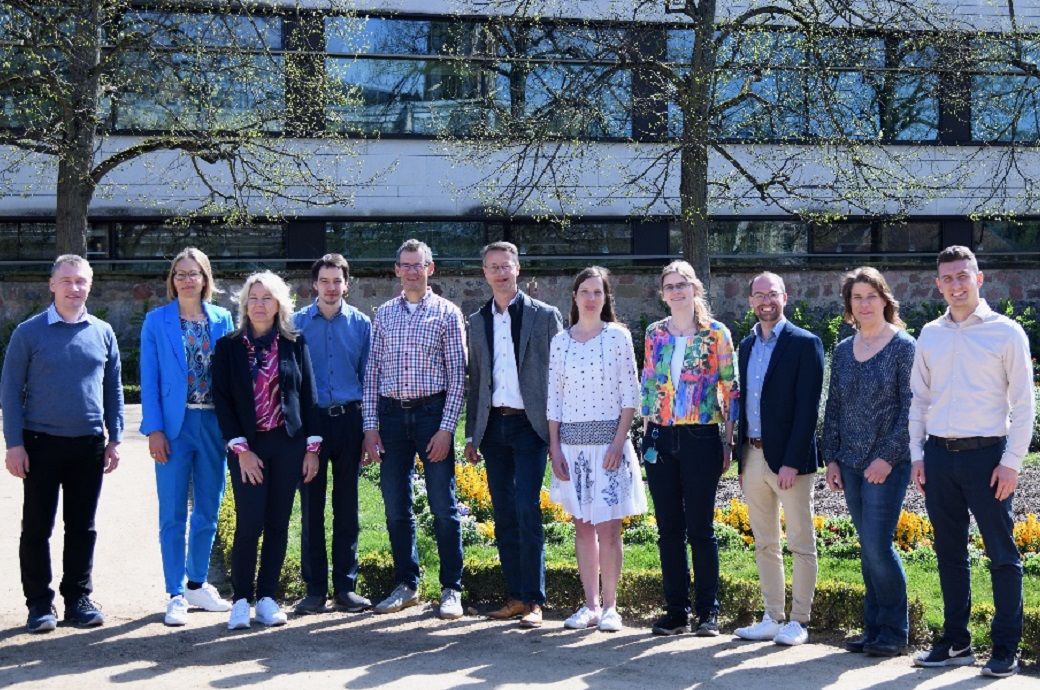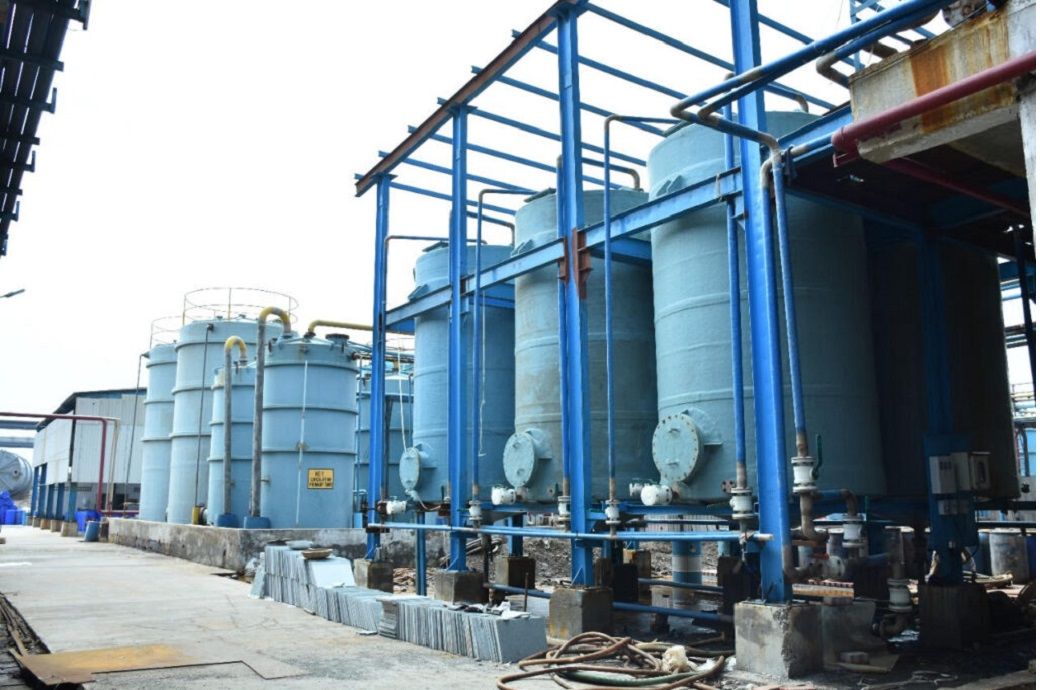Fully Conjugated Anthraquinone‐Quinoxaline Derivative Cathode Enabling a Superior Zn‐Ion Storage at Extremely Low Temperature −50 °C
Advanced Energy Materials, Volume 15, Issue 5, February 4, 2025.

Rapid capacity fading and sluggish kinetics restrict the practical applications of aqueous zinc-ion batteries, especially under low temperatures. Here, a fully conjugated organic molecule cathode is designed with superior electronic conductivity and physicochemical/electrochemical stability. Coupling with an antifreeze electrolyte, the Zn//organic battery can efficiently operate at −50 °C and exhibits 98% capacity retention over 1500 cycles.
Abstract
Small molecule organic materials have been considered promising candidates as cathodes in aqueous zinc-ion batteries (AZIBs) because of their low cost, environmental friendliness, and sustainable production. However, the rapid capacity fading and sluggish kinetics restrict their practical applications, especially under extremely low temperatures (−50 °C). Here, by the condensation of hexaketocyclohexane octahydrate (HKCO) and 1, 2-diaminoanthraquinone (DQ), a fully conjugated organic molecule, anthraquinone-quinoxaline derivative (HATAN) is prepared. With the fully conjugated structure, HATAN possesses enhanced π-electron delocalization and strong intermolecular interaction, which ensure superior electronic conductivity and physicochemical/electrochemical stability. Additionally, the introduction of multiple redox-active sites (C═O and C═N) can increase the theoretical capacity of HATAN. Consequently, the HATAN cathode for AZIBs exhibits remarkable capacity, long lifespan, and high-rate capability. Even at −50 C, an exceptional capacity of 75.4 mAh g−1 and 98% capacity retention over 1500 cycles can be preserved. This study presents valuable insights into the structure design of small molecule organic cathodes for advanced AZIBs which can efficiently operate at −50 °C.













































































































































































